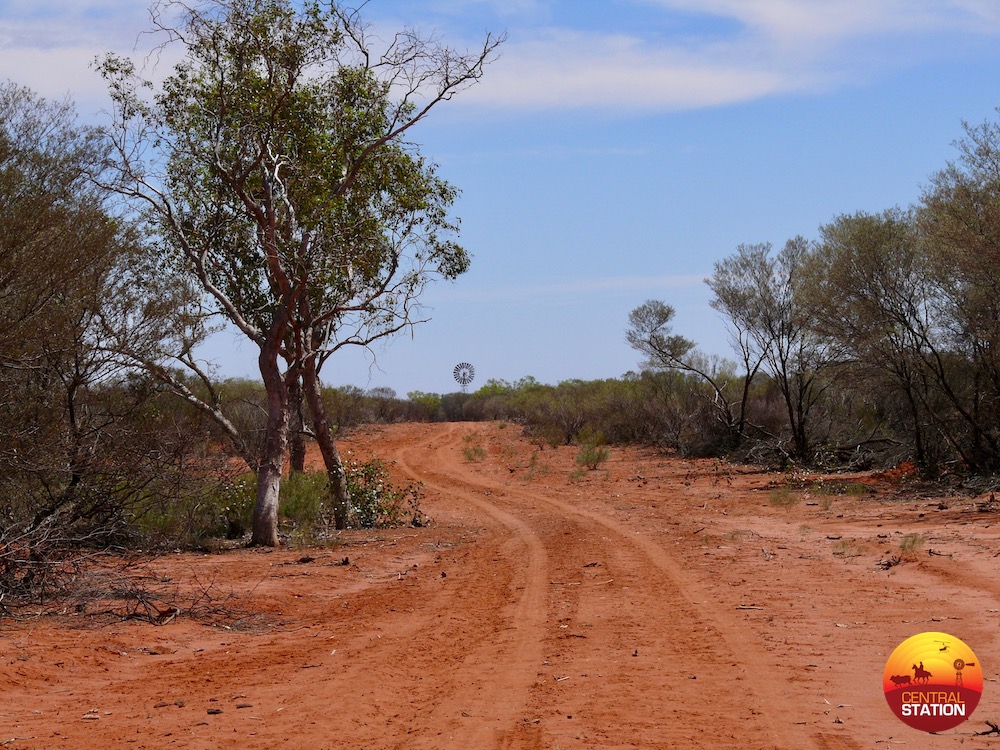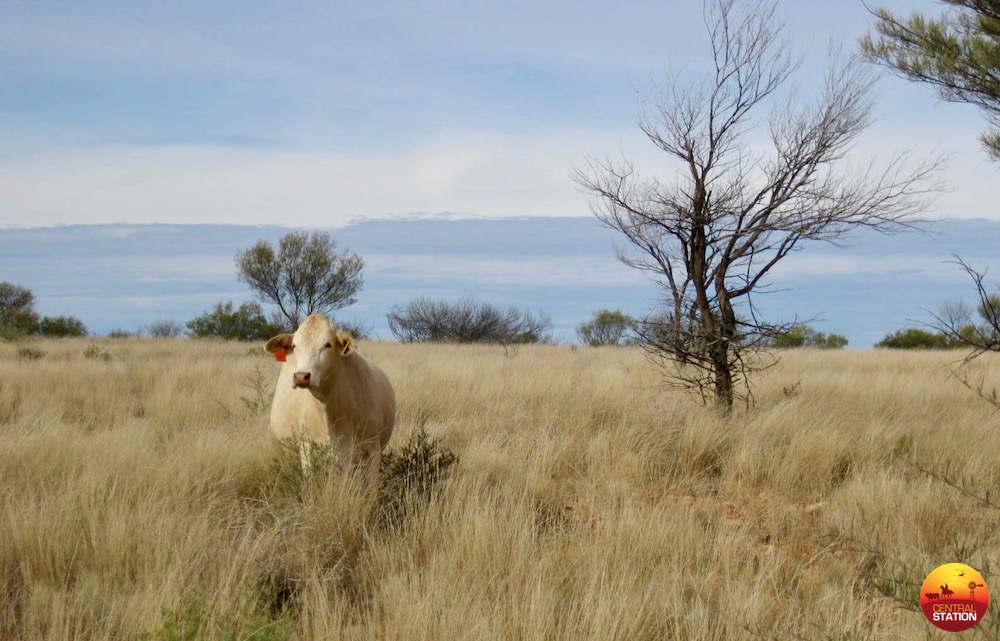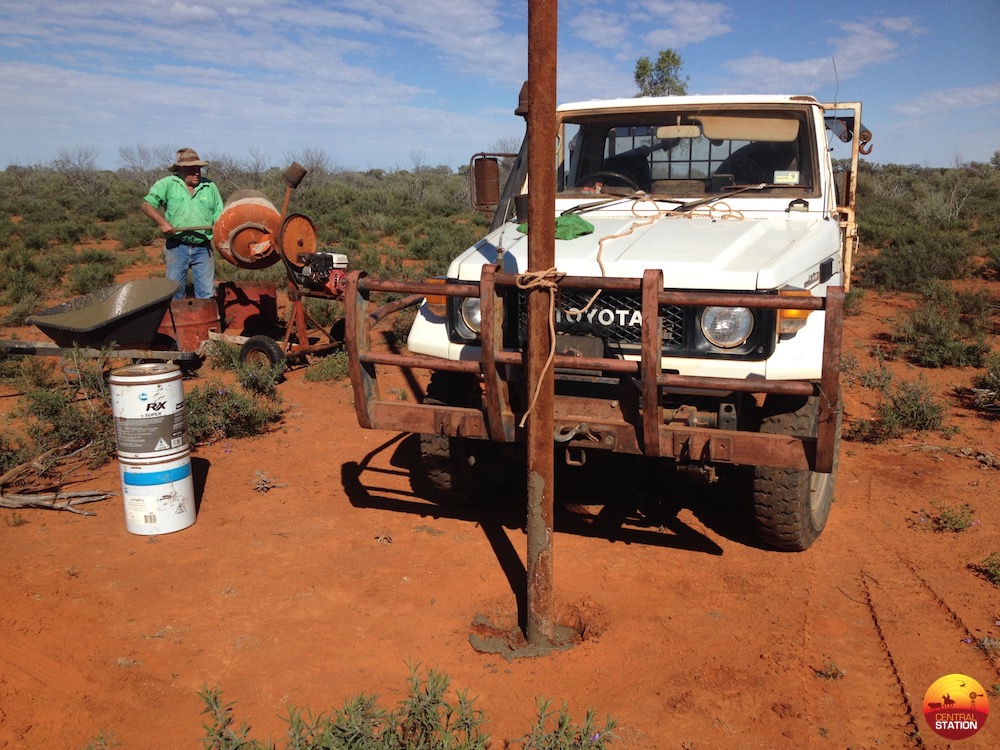What’s in a paddock?
Host: Kilcowera Station
Written by Toni Sherwin, Station Owner
Kilcowera Station offers accommodation, camping and tours. Learn more here.
 Track to Graysons’ Bore in Graysons’ Paddock.
Track to Graysons’ Bore in Graysons’ Paddock.
As you are driving through the outback did you ever think that all that country you are driving through has a name? It has its uses, its very own history, and potential? Every time you go over a grid you are in another paddock. Some paddocks are quite small, these are holding paddocks or maybe the horse paddock or the one where the killers run. These small paddocks are usually some of the best country on the property because you need your horses, killers and the stock you may want on hand to be at least holding their own if not getting fatter.
The names for the paddocks come from all over, some are named after people who have lived on the property, some are named after the person who may have done the fencing or who put the tank or bore down in that paddock. Others are named after a particular feature in the paddock and some around here have African names for some strange reason. One owner of a place renamed all the paddocks after the planets.

Some paddocks are better suited to certain types of animals, so they are usually stocked with the same cows or steers year in year out. But then the paddock also needs a spell every now and then so the cows or whatever have to be put into another paddock which suits them just as well.
When you put your animals into a new paddock for the first time you take them to the main watering point in the paddock and hold them there for an hour or so then let them drift off quietly. You have to keep a very good watch over them for quite a while as the first thing they do is go for a walk right around the paddock to check it out, so all the fences have to be in good order. You have to check the corners every few days as sometimes the cows, steers or weaners will sulk and hang in a corner and die there.
We also have to make sure the watering points in the paddocks are adequate for the number of stock we put in there. If there are natural waters there in creeks or perhaps dams you have to check them frequently because if they dry up we will probably have to move the cattle back to the man-made waters as they may just stay there wondering where the water went. So the water in the troughs needs to be clean and taste sweet or the cattle will head out to a corner and sulk some more. The troughs need to be cleaned frequently too as they can get a build up of yucky stuff in them quite quickly.
Another job is to frequently check the fence lines around the paddocks, things like floods, cows or bulls fighting, trees falling over and landing on the fence can all have an undesirable impact on the fences! There you go folks – that is a little about paddocks!

